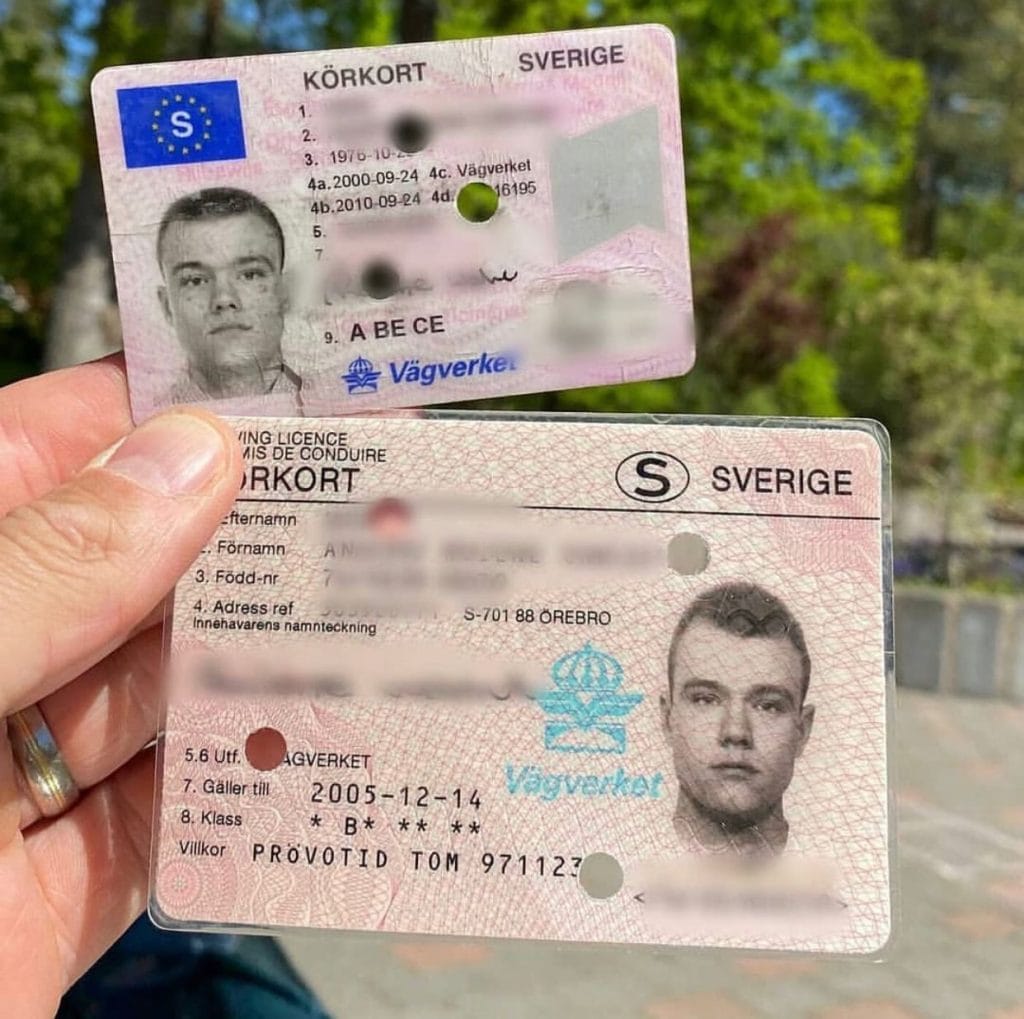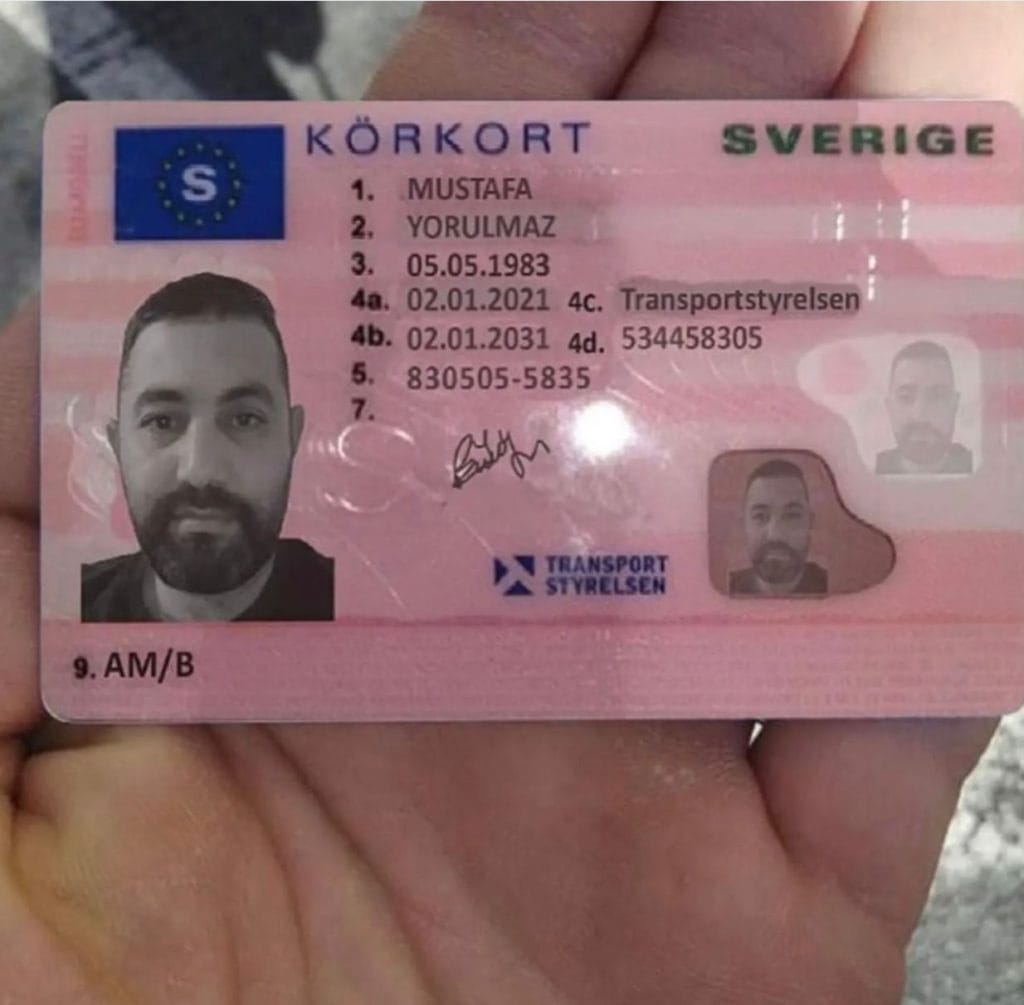15 Documentaries That Are Best About Buy Driving License
페이지 정보

본문

The Comprehensive Guide to Legally Obtaining a Driving License
Driving is a basic skill for lots of, using the flexibility to travel where and when you desire, typically making life more convenient and enjoyable. Nevertheless, svenskt provisoriskt körkort acquiring a driving license is a procedure that needs understanding, patience, and adherence to legal treatments. This guide aims to provide an in-depth summary of the steps one need to follow to legally get a driving license, highlighting essential factors to consider and frequently asked concerns to make sure a smooth and hassle-free experience.
Understanding the Basics
Before diving into the application process, it's essential to understand the standard requirements and types of driving licenses available. Driving laws vary substantially from country to nation, and even within different states or provinces within the very same country. Usually, there are a number of types of driving licenses, consisting of:
- Learner's Permit: This is typically the very first step in the process, allowing new drivers to gain experience under supervision.
- Provisionary License: Issued after passing a standard driving test, this license typically comes with limitations and is a stepping stone to a full license.
- Complete Driver's License: Once all the essential requirements are fulfilled, drivers can get a full license, which offers complete driving benefits.
- Industrial Driver's License (CDL): Required for those who want to run commercial lorries, such as trucks or buses.
Actions to Obtain a Driving License
1. Research Local Driving Laws
The initial step in obtaining a driving license is to research the specific requirements in your location. Check out the main website of your regional Department of Motor Vehicles (DMV) or comparable agency to discover in-depth details about the licensing process, including age constraints, required files, and charges.
2. Prepare Required Documentation
Each jurisdiction has its own set of documents that should be submitted to request a driving license. Typically required files consist of:
- Proof of Identity: A passport, birth certificate, or state-issued ID.
- Proof of Residency: Utility bills, lease contracts, or other official documents that validate your address.
- Social Security Number (if relevant): In some nations, a social security number or equivalent is needed for identification.
- Vision Test Results: Some places require a vision test before issuing a student's authorization or license.
3. Take a Driver's Education Course
Lots of states and nations need new motorists to complete a driver's education course. These courses are developed to teach the rules of the road, traffic laws, and safe driving practices. They can be completed online or in a classroom setting and frequently include both theoretical and practical components.
4. Make an application for a Learner's Permit
When the needed documentation is ready and the driver's education course is completed, the next action is to use for a learner's permit. This usually involves visiting the DMV or submitting an application online. You will likewise require to pass a written test that covers traffic laws and driving knowledge.
5. Practice Driving
With a learner's permit, you can start practicing driving under the guidance of a licensed adult. This is a crucial action in developing your self-confidence and skills behind the wheel. It's also crucial to get experience in different driving conditions, such as night driving, highway driving, and driving in severe weather condition.
6. Set up and Pass the Driving Test
After getting adequate driving experience, you can set up a driving test with the DMV. The test will evaluate your capability to safely operate an automobile and follow traffic laws. You will require to bring an appropriately registered and insured car to the test, and the examiner will assess your driving skills on a fixed path.
7. Use for a Provisional License
If you pass the driving test, you will usually get a provisionary license. This license may feature restrictions, such as a curfew or a limit on the number of passengers you can have in the car. These limitations are designed to reduce the threat of accidents and help new motorists adapt to the roadway.
8. Update to a Full License
As soon as you have actually held a provisionary license for the required period and satisfied any additional requirements, you can update to a complete driver's license. This procedure usually involves a basic application and may require a retest or additional paperwork.
Tips for a Successful Application
- Start Early: Begin the procedure as soon as you satisfy the age requirement to give yourself adequate time to prepare.
- Stay Informed: Keep current with any modifications in driving laws or DMV procedures.
- Practice Regularly: Consistent practice is crucial to constructing confidence and enhancing your driving abilities.
- Stay Calm During the Test: Anxiety can impact your efficiency, so take deep breaths and remain focused.
- Follow DMV Instructions: Pay very close attention to the instructions provided by the DMV and the inspector during your test.
Frequently Asked Questions (FAQs)
Q: What is the minimum age to look for a student's permit?
A: The minimum age differs by jurisdiction. In the United States, it usually varies from 15 to 16 years of ages. In the UK, the minimum age is 17. Examine your local DMV website for particular details.
Q: Can I look for a driver's license online?
A: Some jurisdictions permit you to finish parts of the application procedure online, such as submitting types and scheduling tests. Nevertheless, you will generally require to check out a DMV workplace face to face to send required documents and take the driving test.
Q: What occurs if I fail the driving test?
A: If you fail the driving test, you can normally retake it after a particular duration. This duration varies by location, however it is often a couple of weeks. It's a good idea to practice more before retaking the test to improve your opportunities of success.
Q: Can I drive alone with a learner's permit?
A: No, a student's authorization generally needs you to be accompanied by a certified grownup, typically over 21 years of ages, who is seated in the front traveler seat.
Q: Is a vision test required to get a driving license?
A: Yes, a lot of jurisdictions need a vision test to guarantee that you can safely run an automobile. You can usually take this test at the DMV or with an approved eye doctor.
Q: How long does it require to get a complete driver's license?
A: The time required to obtain a full driver's license varies depending upon your jurisdiction and the particular steps included. Generally, it can take a number of months, consisting of the time needed to finish a driver's education course, hold a learner's permit, and pass the driving test.
Q: Can I utilize a provisionary license to drive for work?
A: It depends on the limitations placed on your provisionary license. Some provisional licenses permit you to drive for work, while others might have specific restrictions. Check your license for information or call the DMV for clarification.
Q: What is the difference in between a learner's license and a provisional license?
A: A student's permit is the very first phase of the licensing process and permits you to drive just under supervision. A provisionary license, on the other hand, grants you more driving opportunities however may still have some restrictions, such as a curfew or traveler limits.
Q: Can I request a business driver's license (CDL) without a complete driver's license?
A: No, you generally need a complete driver's license before using for a CDL. A CDL is a customized license that needs extra training and testing, and it is just provided to those who have actually demonstrated the capability to securely operate a basic vehicle.
Q: What should I do if I lose my driving license?
A: If you lose your driving license, you need to report it to the DMV and use for a replacement. You might require to offer evidence of identity and pay a fee. It's also a great concept to alert your insurer and any other appropriate celebrations.
Acquiring a driving license is a significant turning point that opens up new chances and increases independence. By following the steps outlined in this guide and staying informed about local laws and requirements, you can ensure a smoother and more effective licensing procedure. Keep in mind that driving is a serious responsibility, and taking the time to find out and practice is important for your safety and the safety of others on the roadway.

- 이전글You may Thank Us Later - three Reasons To Stop Thinking about Secondary 4 Math Tuition Singapore 25.07.02
- 다음글Are Ice Blocks Better Than Air Conditioning? 25.07.02
댓글목록
등록된 댓글이 없습니다.